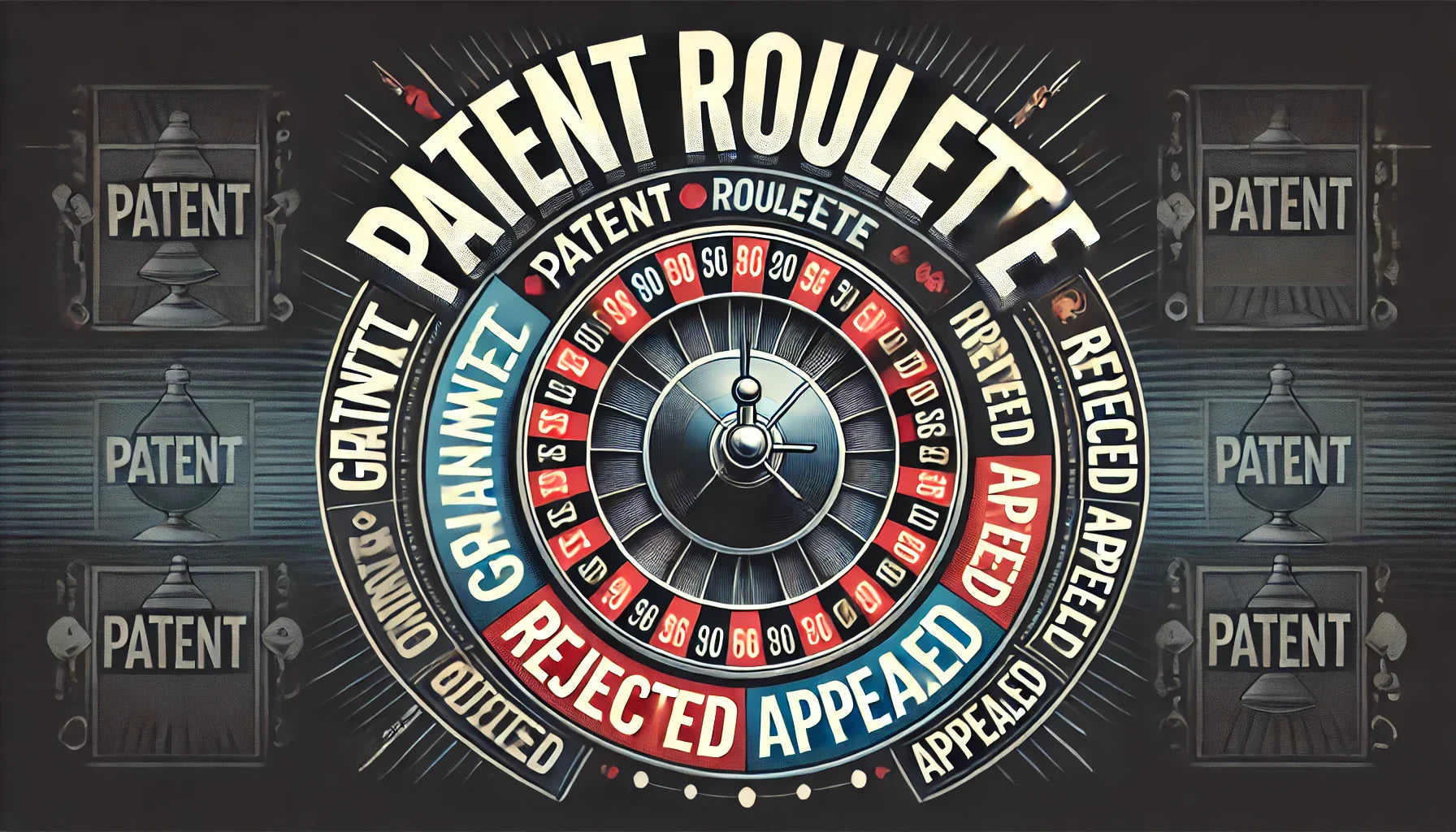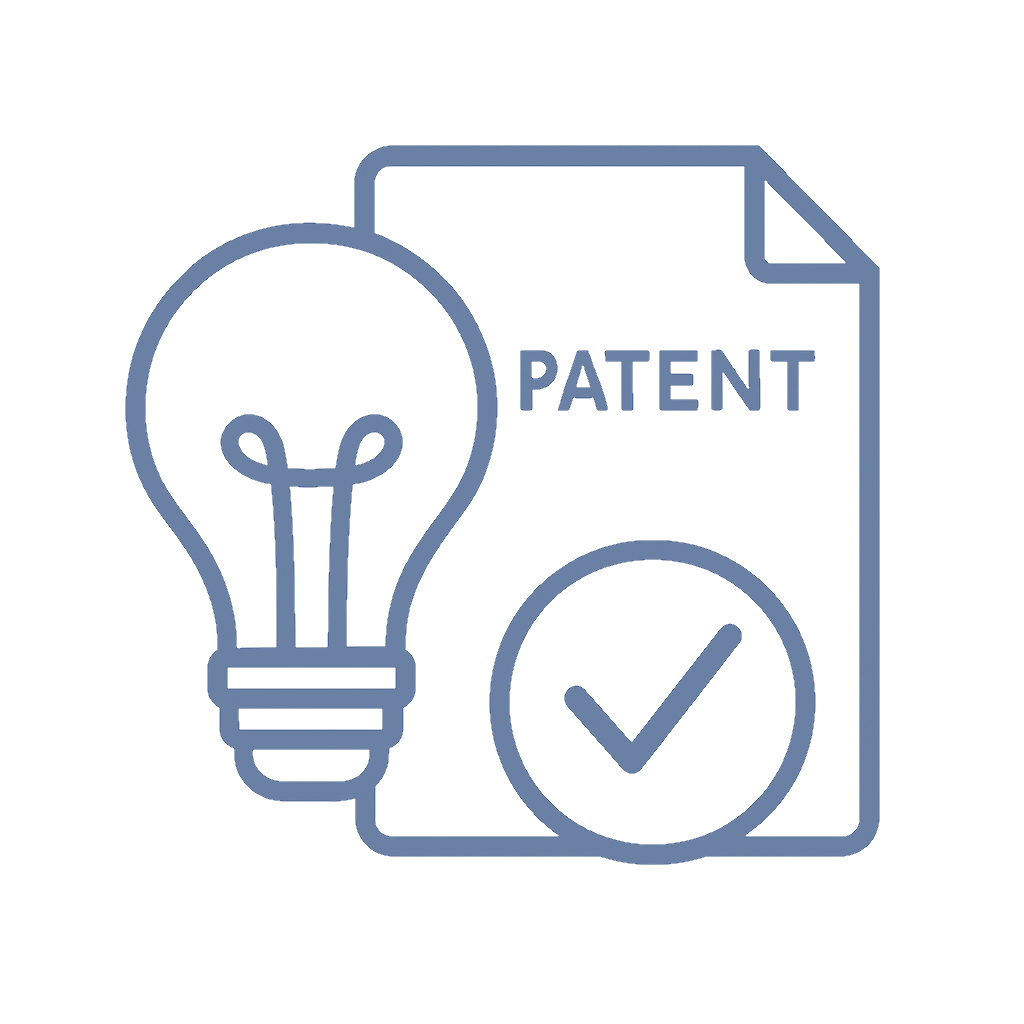📌 Quick Summary
When filing a patent, your odds of success depend on several factors, including the art unit allowance rate, the patent examiner allowance rate, and the appeal allowance rate. These metrics influence how likely your application is to be granted. Knowing how they work can help you navigate the process strategically.

❓ Common Questions & Answers
1. What is an art unit allowance rate?
An art unit allowance rate refers to the percentage of patent applications granted by a specific group of USPTO examiners focused on a particular technology field.
2. Why does the patent examiner allowance rate matter?
Different examiners have different tendencies—some are more generous in granting patents, while others are stricter. This impacts your chances of getting a patent approved.
3. What is an appeal allowance rate?
The appeal allowance rate represents the percentage of rejected patents that get approved after an appeal to the Patent Trial and Appeal Board (PTAB).
4. How can I improve my chances of getting a patent?
Understanding these rates, preparing a strong application, and possibly tailoring your claims to align with past allowances can help increase your odds.
5. Is it possible to choose a favorable examiner?
You can’t pick your examiner, but knowing the allowance trends of your assigned examiner can help you strategize your approach.

📜 Step-by-Step Guide to Navigating Allowance Rates
1️⃣ Research Your Art Unit – Check the historical allowance rate of the USPTO art unit handling your technology.
2️⃣ Look Up Your Examiner – Understand their track record for granting patents.
3️⃣ Prepare a Strong Application – Draft clear, well-supported claims.
4️⃣ Anticipate Possible Rejections – Address potential concerns in advance.
5️⃣ Appeal Strategically – If rejected, consider whether an appeal is worth pursuing based on the appeal allowance rate.
📖 Historical Context
The USPTO has long grouped examiners into art units based on technology areas, each developing its own approach to reviewing patents. Over the years, these units have exhibited varying allowance rates. For example, software-related patents have traditionally faced lower allowance rates due to rigorous scrutiny on abstract ideas. On the other hand, mechanical patents tend to have higher grant rates due to clearer definitions and established prior art. The appeal process has also evolved, offering a second chance for applicants who receive initial rejections.

🏢 Business Competition Examples
1️⃣ Apple & Samsung – Both tech giants often face strict art unit scrutiny but leverage strong legal teams to appeal decisions when necessary.
2️⃣ Tesla’s Battery Patents – Tesla has successfully navigated the patent system by adapting claims to align with favorable examiner tendencies.
3️⃣ Biotech Companies – Some pharmaceutical firms strategically target art units with higher allowance rates to improve their odds.
💬 Discussion Section
When filing a patent, it might feel like you’re gambling—hence the “Patent Roulette.” But this game isn’t entirely left to chance. Here’s how the odds stack up:
- Art Unit Allowance Rate – Your patent lands in a group of examiners specializing in a specific technology. Some units approve more patents than others.
- Patent Examiner Allowance Rate – Your individual examiner may be lenient or strict, significantly impacting your outcome.
- Appeal Allowance Rate – If you appeal a rejection, historical data can help predict your likelihood of success.
By researching past trends, you can make informed decisions about filing strategies, amendments, and potential appeals.

⚖️ The Debate: Are Allowance Rates Fair?
Yes, they ensure quality: Higher scrutiny prevents weak patents from being granted, maintaining innovation integrity.
No, they create inconsistencies: Different examiners and art units lead to unfair discrepancies in patent approvals.
✅ Key Takeaways
✔️ Researching art units and examiner history can boost your chances.
✔️ Understanding past trends helps refine your strategy.
✔️ The appeal process is an opportunity, but success varies by case.
✔️ Not all patent applications are created equal—some face tougher odds than others.

⚠️ Potential Business Hazards
⚠️ Getting assigned to a low-allowance art unit could hurt your chances.
⚠️ Facing a strict examiner might mean more office actions and costs.
⚠️ An unsuccessful appeal can delay or derail your innovation strategy.
⚠️ Failure to research past data could lead to unrealistic expectations.
❌ Myths & Misconceptions
❌ “A patent application is always a 50/50 chance.” (Not true—historical data matters.)
❌ “All examiners review patents the same way.” (Each has different tendencies.)
❌ “If rejected, there’s no hope.” (Appeals can reverse decisions.)
❌ “You can pick your examiner.” (Assignments are randomized, but knowing their history helps.)

📚 Book & Podcast Recommendations
📖 Patent It Yourself – David Pressman https://www.nolo.com/legal-encyclopedia/patent-it-yourself
🎧 IP Fridays Podcast – https://www.ipfridays.com
📖 Essentials of Patent Claim Drafting – Morgan D. Rosenberg
🎧 The Inventor’s Patent Handbook – https://www.inventorsnetwork.org

⚖️ Legal Cases & Precedents
📜 Alice Corp v. CLS Bank – Changed how software patents are examined. https://supreme.justia.com/cases/federal/us/573/208
📜 KSR v. Teleflex – Impacted obviousness rejections. https://supreme.justia.com/cases/federal/us/550/398
📜 Bilski v. Kappos – Defined limits on business method patents. https://supreme.justia.com/cases/federal/us/561/593
📣 Expert Invitation
Do you have experience navigating patent allowance rates? Share your insights at http://inventiveunicorn.com!

🔚 Wrap-Up Conclusion
Understanding the patent allowance system isn’t just about crossing your fingers—it’s about strategy. By researching art unit trends, examiner tendencies, and appeal success rates, you can improve your odds and protect your innovation. 🎰💡












